COMPULSIVE BUYING DISORDER
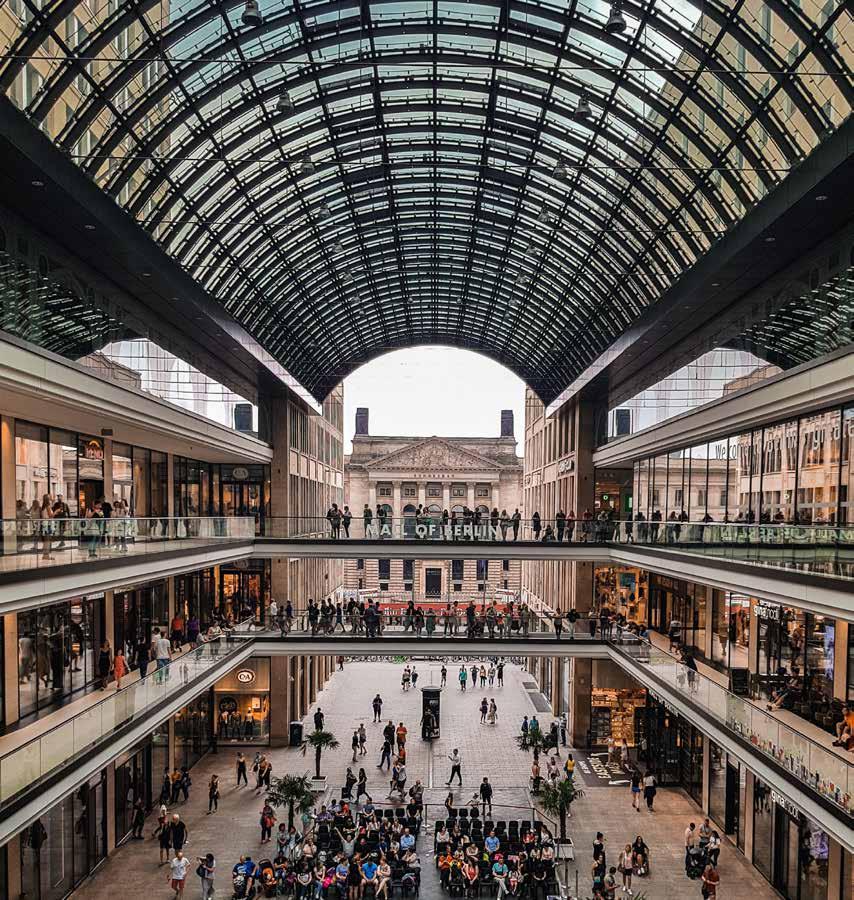


Compulsive Buying Disorder (CBD) is excessive buying to a dysfunctional level and to have the urge to engage in buying behaviors, which lead to problems with the person’s social life and finances.
You have a compulsion to buy new goods and spend the money that you have, regardless of what you already own, what you actually need, what you can afford or what financial means you have.
This condition is similar to addictive disorders, like gambling or disordered eating.
1892 German Physician Max Nordau and French psychiatrist Valentin Magnan coined the term oniomania
Magnan describes compulsive buying as a symptom of degeneration.
Nardau calls oniomania or “buying craze” a stigma of degeneration
“Compulsive Buying Disorder was first described clinically in the early 20th century”
There was little interest taken in CBD until the 1990s and even in the 21st century, compulsive shopping can be considered a barely recognized mental illness.
6.6%
In 2018, people of all genders worldwide compulsively shop
= 420, 000, 000
People worldwide having compulsive shopping disorder
85%


Of Compulsive buyers recognize they have a problem and are worried about their shopping habits and debt
Compulsive Behavior
Acting on instinct
A serious mental health condition
Involves a constant and irresistible urge
Usually uncomfortable
Impulsive Behavior
Acting on instinct
Relatively normal
Can happen once in a while May be controlled
While similar sounding, these two behaviors differ in intent. Impulsive behavior is action without thought, compulsive behavior is premeditated.
“Most people realize how much of a problem this is, but are unable to change their situation, simply because it’s been apart of their mindset for so long.”
CBD attracted little attention throughout the 20th century except among consumer behaviorists and psychoanalysts.
Interest revived in the early 1990s, when clinical case series from three independent research groups appeared. The disorder was described worldwide with reports coming from the US, England, Germany, France and Brazil.
18 to 24 years
Age group when Compulsive Buying Behavior begin
Secretive about their shopping
Financial difficulties
Problems at work, school, or home because of uncontrolled shopping
Spending a great deal of time researching items on what to buy next
Difficulty resisting the purchase of unneeded items
Stress, loneliness, low self-esteem, and negative emotions
Compulsive shopaholics
Trophy shopaholics
Status shopaholics
who shop under emotional distress
who obsessively shop for the perfect item
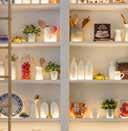
who shop to maintain the image of a big spender with flashy items
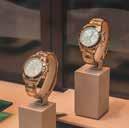
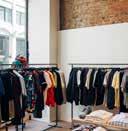
Bargain seekers who purchase items on sale even if they don’t need them
Bulimic shoppers
Collectors
who are caught in a vicious cycle of buying and returning who don’t feel complete unless they are in possession of certain sets of handpicked items
PHASE 4 SPENDING

PHASE 1 ANTICIPATION
PHASE 3 SHOPPING
PHASE 2
PREPARATION
HOW OFTEN DO PEOPLE PURCHASE ITEMS THEY DON’T NEED OR DIDN’T PLAN TO BUY?
HOW OFTEN PEOPLE GO SHOPPING TO IMPROVE THEIR MOODS? 11%


Person with CBD develops thoughts, urges, or preoccupations with either having a specific item or with the act of shopping.

Person prepares for shopping and spending.
This includes decisions on when and where to go, on how to dress and even which credit cards to use. Considerable research may have taken place about sale items, new fashions or new shops.
The actual shopping experience which many individuals with CBD describe as intensively exciting. Person gets a “high” from the shopping experience.
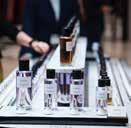
The act is complete with a purchase often followed by a sense of let down or disappointment with oneself.
In a study of antecedents and consequences of CBD, Miltenberger reported negative emotions. (Depression, Anxiety, Boredom, Self-critical thoughts, anger) were mostly cited antecedents of CBD, while euphoria or relief from the negative emotions were the most common consequence.
581 out of 625
To determine whether CBD is present, a mental health practitioner will likely interview the patient about their shopping behaviors and feelings before and after shopping and it may include assessments to look for other mental health disorders.
Goals of the CBD diagnostic process is to determine whether the patient’s shopping behavior fits the pattern of the disorder or is in line with normal buying behavior.
The practitioner will look for a distinctive pattern of CBD behavior that includes:
-A preoccupation with thoughts about shopping and a tendency to anticipate the shopping experience
-Negative emotions such as anxiety, boredom, self-criticism, or anger that precede shopping or buying
-A sense of euphoria or relief from the negative emotions at the time of the purchase

-A feeling of disappointment, shame, or guilt after the purchase
People with CBD often meet criteria for other mental illnesses such as Mood disorders, anxiety disorders, substance disorders, eating disorders, ADHD and a variety of impulse control disorders.
CBD are most likely driven by feelings of anxiety, depression or low self-esteem.
For some people, shopping ends up turning into Compulsive Buying.
AVERAGE CREDIT CARD DEBT IN AMERICA BY AGE
Generation Z (1997-2012)
Millennials (1981-1996)
Generation X (1956-1980)



Baby boomers (1946-1964)
Silent Generation (1928-1945)
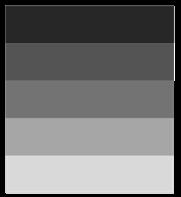
Most people compulsively shop turn to shopping when they are bored or stressed. Find a healthier replacement.
Stick to a list
Make a list of what you specifically need & stick with it.
Enlist a person
Try enlisting a friend to keep you accountable when going to the store. If possible, have another member in your household be responsible to shop for the essentials needed for the house.
Pay in cash
Give yourself cash allowance and put credit cards away, cash used for emergencies only. You will less likely to spend more if you have limited amount of cash in your wallet.
Cognitive Behavioral Therapy (CBT)
Effectively reduce symptoms by helping people identify the ways people use shopping as a coping mechanism and develop healthier coping skills.
Selective Serotonin Re-uptake inhibitors (SSRIs)
Mediation may be used to manage symptoms of underlying mental illness and control unwanted or intrusive thoughts about shopping.
Treatment centers
There are treatment centers available to break you spending habits in a controlled environment. These centers treat behavioral addictions with inpatient rehab and outpatient counseling.
Support groups or sponsors that can help guide you. Finding those who have struggles with addiction could make a significant difference in your recovery. (debtorsanonymous.org)
Individual therapy
Counseling services are available for all varieties of addiction and mental health disorders. One on one services offer personalized treatment to help you get on track.
DOAN, Semra. “How Conscious Is a Compulsive Buyer? A Case Study.” Optimum Ekonomi ve Yönetim Bilimleri Dergisi 9, no. 1 (2022): 15-36.
Darrat, Aadel Ali, Mahmoud Ali Darrat, and Mohamad Ali Darrat. “Does wanting more lead to losing control? Examining the psychological drivers of compulsive buying.” Young Consumers 24, no. 1 (2023): 56-73.
Díez, Dominica, Núria Aragay, Mercè Soms, Gemma Prat, Pere Bonet, and Miquel Casas. “Women with compulsive buying or gambling disorder: Similar profiles for different behavioural addictions.” Comprehensive Psychiatry 87 (2018): 95-99.
DOĞAN, Semra. “How Conscious Is a Compulsive Buyer? A Case Study.” Optimum Ekonomi ve Yönetim Bilimleri Dergisi 9, no. 1 (2022): 15-36.
Gallagher, Catherine E., Margo C. Watt, Angela D. Weaver, and Keely A. Murphy. ““I fear, therefore, I shop!” Exploring anxiety sensitivity in relation to compulsive buying.” Personality and Individual Differences 104 (2017): 37-42.
Harnish, Richard J., K. Robert Bridges, Rajan Nataraajan, Joshua T. Gump, and Alicia E. Carson. “The impact of money attitudes and global life satisfaction on the maladaptive pursuit of consumption.” Psychology & Marketing 35, no. 3 (2018): 189-196.
Moulding, Richard, Annie Duong, Maja Nedeljkovic, and Michael Kyrios. “Do you think that money can buy happiness? A review of the role of mood, materialism, self, and cognitions in compulsive buying.” Current Addiction Reports 4 (2017): 254-261.
Zhang, Chenshu, Judith S. Brook, Carl G. Leukefeld, Mario De La Rosa, and David W. Brook. “Compulsive buying and quality of life: An estimate of the monetary cost of compulsive buying among adults in early midlife.” Psychiatry research 252 (2017): 208-214
